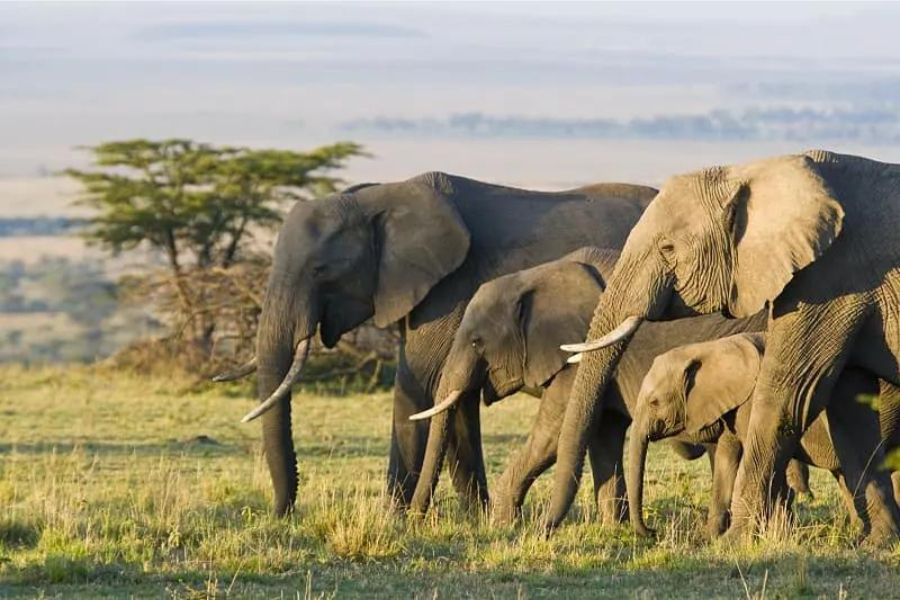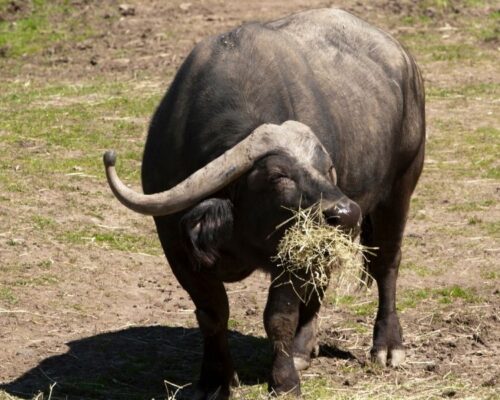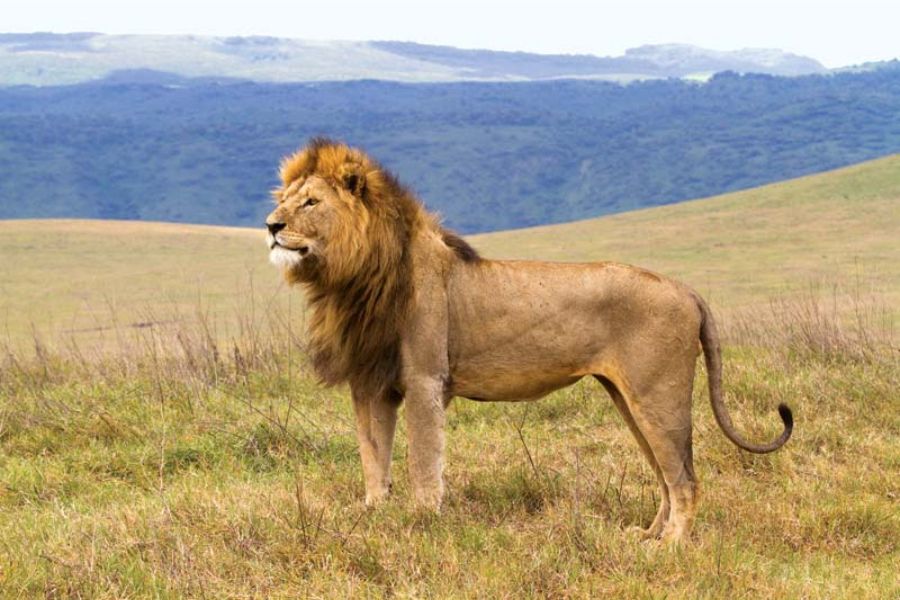WHO ARE THE BIG FIVE ANYWAY?
The title holders are the Elephant, the Rhino, The Buffalo, the Lion, and the Leopard, so called because they were the preferred shooting targets for the Erstwhile "Great white hunters," the romantic heroes of the early days of the traditional 'safaris.
Nowadays, the only shots to be fired on Safari are on film, but that doesn't stop most visitors from developing an overwhelming urge to capture all the famous five videos or cross off the list in their guidebook.
As a result, binoculars in hand, cameras and primed eyes out on stalks, thousands of later days. Khaki-clad' hunters' scan the horizons, comb the grasslands, hunt through the thickets, and peer up into the trees in search of the uncontested superstars of the wildlife world.
The trouble is that in the countryside of Kenya, with celebrities as reclusive and cunning as this elusive quintet, what do you look for precisely?



It's a bit of a problem, especially if you are trying to spot an elephant by looking for the large grey shape in Tsavo National Park, where the largest heard are reputed to be found. If so, you will sadly be disappointed because when you are in Tsavo, you need to look for a sizeable Pink shape.
Why so? This is because Tsavo elephants instead confusingly cover themselves with the local deep red iron-oxide soil to keep away the insects.
The truth is that the best and the most guaranteed 'Elephant spot' is to be found at the foot of Mt. Kilimanjaro in Amboseli National Park. Here, vast herds of Elephants dip themselves up to their stomachs in water and can be spotted feeding on the Amboseli Swamps lush green grasses.
Moreover, their grey-brown color stands out against the bright green grasses, making them absurdly easy to spot. Also, because the researchers have been tracking them for the last 40 years, the Amboseli elephants are familiar with humans and relatively un-phased by close-up viewing!
Keep an eye on the prominent matriarch, who sometimes tends to be more protective of the family.
If you search for the big cats that are the subject of your Big Five wish list, head immediately to the Famous Masai Mara National Reserves, where the wide-open plains and the tree-lined rivers offer happy hunting grounds for lions and leopards.
The cool, shady thickets also provide ideal resting positions for the enormous pride that returns from hectic night's hunting, replete and tired. A good trick is to keep an eye open for a twitching ear or a sudden flash of creamy-white fur as a lioness lays lazily over and exposes her stomach to the sun! You might also see some cubs tumble out of the bush in a flurry of fur, paws, and claws, much too engrossed in their wrestling match to realize that their cover is blown.
When looking for the ever-elusive Leopard, watch out for the giveaway swinging tail; usually high up in a tree where, draped across a tree branch and camouflaged, the Leopard itself will be hidden; the long tail is, therefore, the only clue to his lounging presence.
A timid and solitary animal, the Leopard is seldom found in the company. Since each animal maintains an individual territory, the only viable way to search him out is often by seeking local advice or being led by your guide. Dawn and dusk are the best times, but keep an eye on that shadow at the bottom of the tree. It might just walk off into the long grass.
As for the highly endangered Rhino, these great, grey pre-historic creatures are best found in the thick, scrubby bush, particularly in the sanctuaries established to protect them. These include the Sanctuary in Tsavo East National Park, Nairobi National Park, Lake Nakuru National Park, and several private sanctuaries around Solio and Lewa Downs in Laikipia.
Large, Lumbering, and very short-sighted, this greyish-brown herbivore is surprisingly good at hiding in thickets, and it's often only given away by the mound of droppings, known as Rhino Midden, that he leaves behind. Look also for telltale movements as the Rhino stamps its feet or swishes its stubby tails against a branch.



Of all the big five, the buffalo are the easiest to bag because huge herds roam the Mara, Tsavo, Laikipia, Amboseli, The Aberdares, and slopes of both Mt. Elgon and Mount Kenya. The best clues to their presence are the dark shadows that dot the hillsides and betray a herd of Buffalos on the move.
Be aware, though, because up-close buffalo herds can become decidedly skittish and often break into a lumbering run at the approach of a vehicle. Perhaps the best buffalo photo opportunity is that offered by a grumpy old male alone in a dense thicket from whence only a large yellow-brown eye gleams and a wet black nose protrudes.
Other significant spotting areas are along or in the swampy locations in Amboseli while they are resting and chewing the curd.
Buffalos are probably the most dangerous of all the Big Five!
Otherwise, if all else fails and the hunting hints have let you down, why not try the tiny lake Nakuru National Park or, Most probably, at the heart of the city, Nairobi National Park?
Lake Nakuru is famous for its pink flamingos alongside a Rhino sanctuary, with remarkable tree-climbing lions and a large leopard population.
Interestingly, you will likely get five out of five in Masai Mara with a 3-day, 2-night Masai Mara safari.
Happy Hunting!



